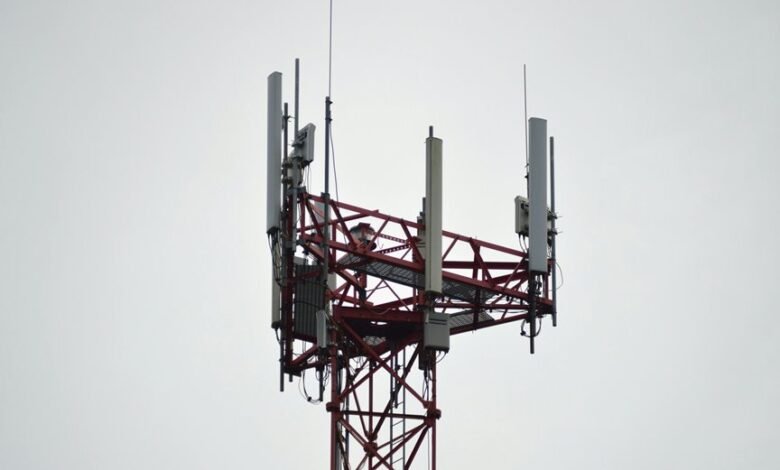7587 Busy Signal Frequency Tracking

7587 Busy Signal Frequency Tracking represents a significant advancement in telecommunications analysis. This technology utilizes advanced signal processing to identify frequency modulation patterns in busy signals. By enabling real-time monitoring, it enhances resource allocation and reduces downtime. Understanding the mechanisms and implications of 7587 tracking is essential, as its integration may redefine communication management practices. The question remains: what specific benefits can organizations expect from adopting this innovative approach?
Understanding Busy Signal Frequency Tracking
A significant aspect of telecommunications is busy signal frequency tracking, which involves monitoring and analyzing the frequency at which busy signals occur during calls.
This process, known as busy signal analysis, utilizes frequency modulation to discern patterns and trends.
How 7587 Technology Works
Busy signal frequency tracking serves as a foundational component for understanding the functionality of 7587 technology.
This system employs advanced signal processing techniques to analyze frequency modulation patterns inherent in busy signals.
Benefits of Implementing 7587 Tracking
Implementing 7587 tracking provides numerous advantages that enhance communication efficiency and resource management.
This technology facilitates cost savings by minimizing downtime and optimizing resource allocation.
Furthermore, it contributes to improved efficiency through real-time monitoring and analytics, enabling organizations to make informed decisions swiftly.
As a result, the implementation of 7587 tracking not only streamlines operations but also fosters greater autonomy in communication management.
The Future of Communication Management
How will emerging technologies reshape communication management in the coming years?
The communication evolution will increasingly rely on advanced methodologies for signal optimization, facilitating seamless interactions.
Innovations such as artificial intelligence and machine learning will enhance data analytics, enabling organizations to anticipate needs and streamline processes.
This shift promises greater efficiency, fostering an environment where users experience enhanced connectivity and autonomy in communication practices.
Conclusion
In conclusion, the implementation of 7587 busy signal frequency tracking stands as a beacon of innovation in telecommunications, illuminating the path towards enhanced operational efficiency. As organizations navigate the complexities of communication management, this technology not only streamlines resource allocation but also cultivates a more responsive user experience. Ultimately, the evolution of 7587 tracking will not merely be a technological advancement; it will redefine the very essence of connectivity, transforming challenges into opportunities for growth.




